By lucky chance, last Wednesday, I was invited to Cannondale Japan’s trade show by the president of Cannondale Japan, Mario Stein.
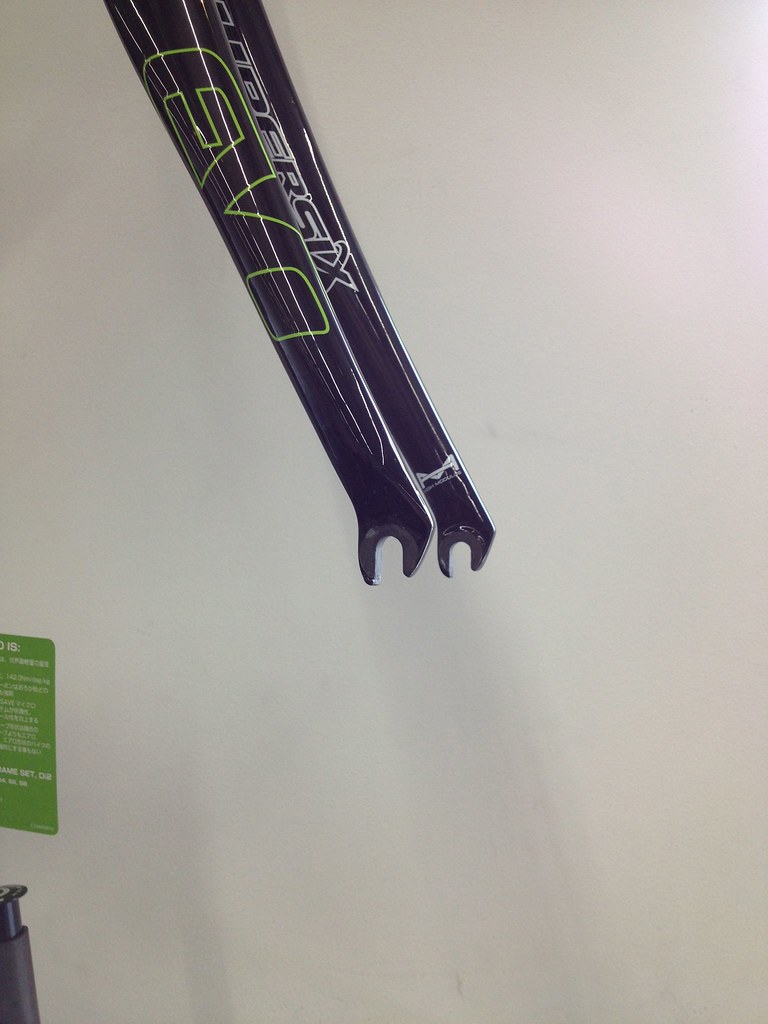
I did the typical song and dance in response: enthusiastically say yes, freak out over what to wear [me: WHAT DO I WEAR? Josh: Assos], spin out my nerves on the rollers that morning, and jog/walk from the train station to the gallery space to make it there only 2 minutes late. Once at the trade show, Mario was kind enough to take time out of his schedule to show me their entire line up: from their adorable kid’s bikes to their huge range of women’s specific bikes to the awesome Evo.
The first thing that struck me on entering the space was the variety of choices. Cannondale hasn’t compromised on quality [for example, they use the same welding technology for their kid’s bikes as for their normal, adult-sized bikes], but manages to offer a range of options. Bad Boy commuter bikes [the first bike to ever be designed to be completely black] come with full suspension forks or Cannondale’s iconic Lefty fork, and a CAAD 8 will be offered with flat bars for the Japanese [commuter] market. Hooligans – small-wheeled bikes that, despite the mini-bike craze here in Japan, were designed in Zurich to handle everything from cobblestones to tram tracks – come in bright, candy colored paint schemes with flat bars or, new for 2013, drop bars.
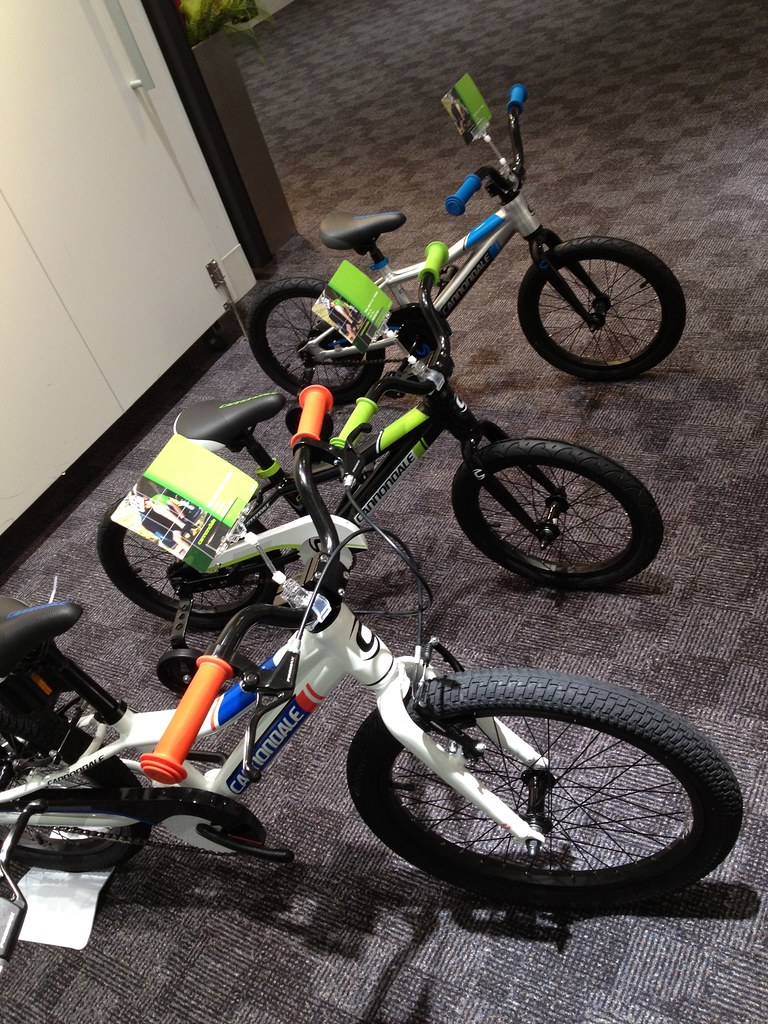

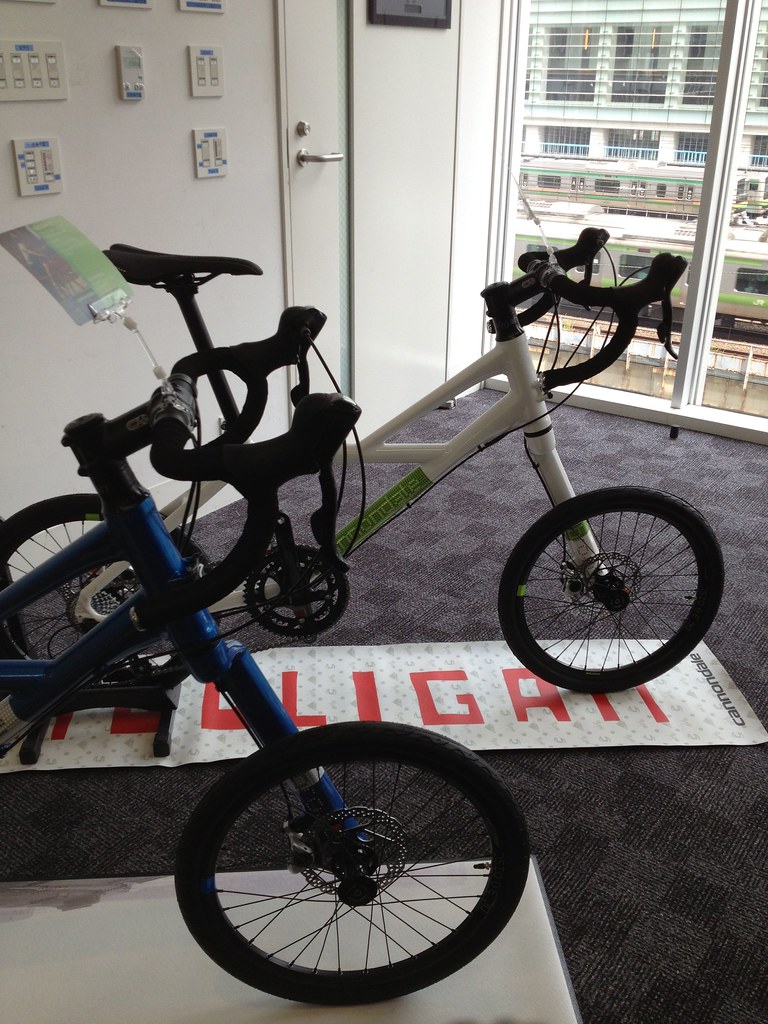
“And these,” Mario said, as he gestured towards a long row of bikes, “are our women’s bikes.”

From the women’s specific Tango 29er to the SuperSix, there was a lot to see. We talked frame weight [the SuperSix weighs in at 800g], parts, shorter stems, wheelbase lengths, and toe overlap. Unlike some bicycle manufacturers, Cannondale hasn’t just taken bigger frames and shrunk the seat tube down; they’ve taken care to change the tubing and tune each bike for every size. That means that compromises aren’t made in the process, which is an awesome thing when you ride a 44cm. The only disappointment: the women’s specific SuperSix Evo unfortunately won’t be available in Japan next year.
And with a commitment to quality also comes comfort. “Save mico-suspension technology” helps to smooth out the ride in the Slice and in the world’s lightest bike, the Evo. Corners can be taken aggressively, and descents can be handled with more speed. I know words don’t give much context, but there’s something to be said for Sagan’s performance at the Tour de Suisse prologue, where he bombed a Slice to a stage win without touching his brakes.
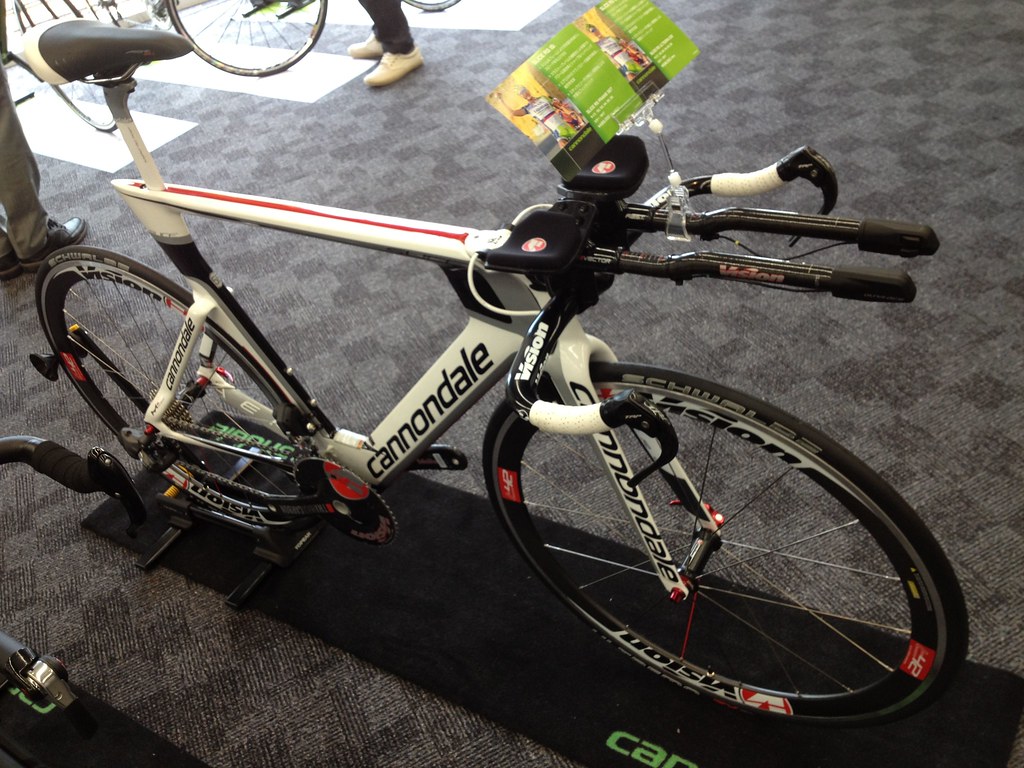
And then there is, of course, the Evo. At 675g, the frame is the world’s lightest, and the often-talked-about matte black Evo, complete [though without pedals], weighs in at around 5kg. Yes, 5kg. I could tell you all the usual things, like how it feels like air, and how it’s so "not UCI-legal" light. But given that a 7kg bike can be considered light, let me just say this: I can probably bust out 10 reps of one-arm curls with this bike and not even break a sweat. And remember, we’re talking a complete bike here, not just a frame.

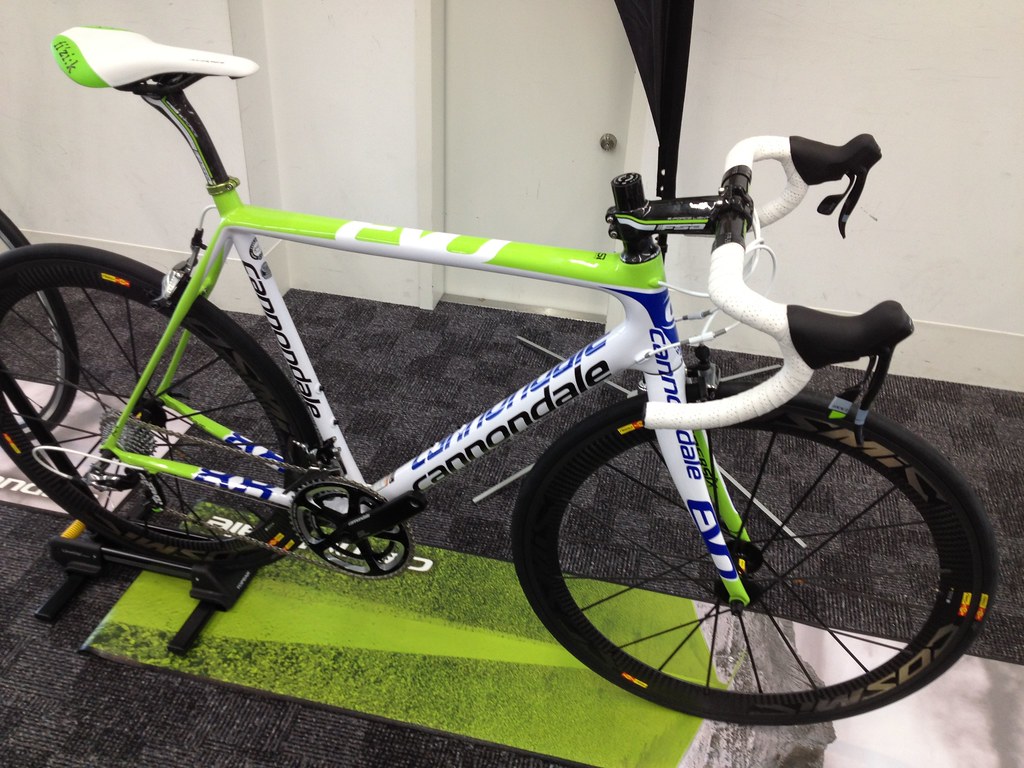
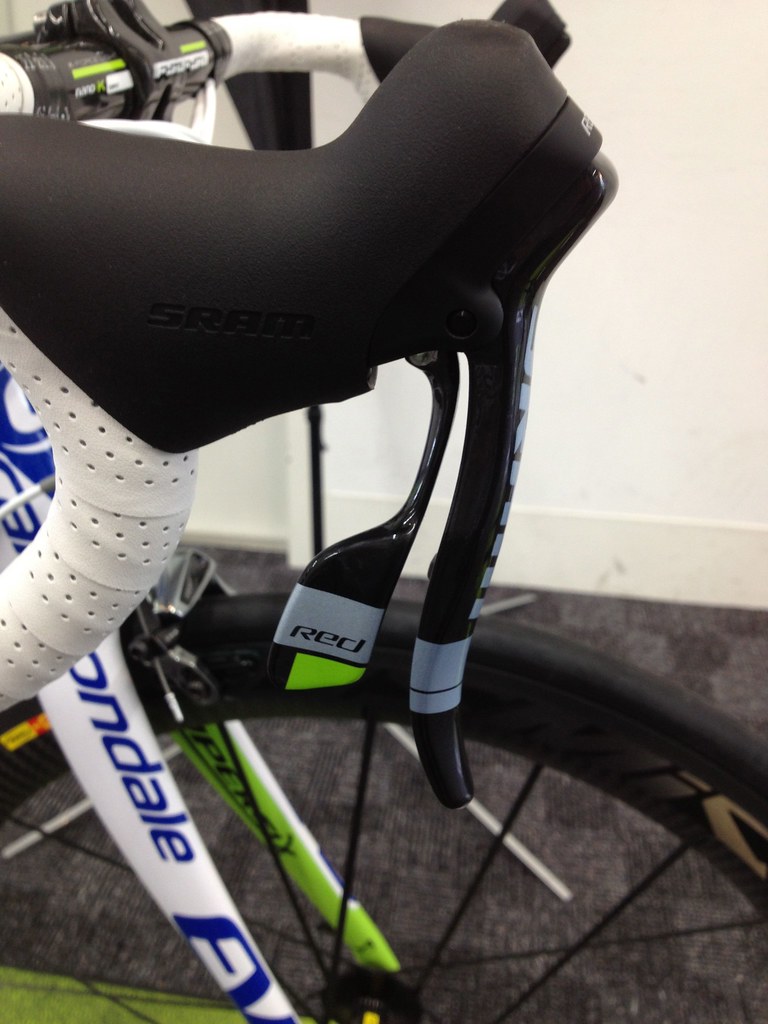
But the Evo is admittedly pricey, and for those looking for something more affordable, Cannondale offers the CAAD 10. An aluminum frame built using the same technology as the Evo, and thus offering a ride quality that’s similar to its carbon counterpart, it’s the race favorite of competitive cyclists around the world, and Japan is no exception. I even ran into one this weekend, in eye-catching Cannondale-Liquigas colors.

My first time at a trade show here in Japan, it was a great experience to talk with Mario and get the details on Cannondale’s 2013 line. Being able to see the matte black Evo, as well as their entire range of women’s bikes, was hands-down amazing. I left the trade show high on bikes, and fantasizing about squeezing more of them – the pink Hooligan for my commute, the Super Six as a race rig… – into my life.
Thank you again, Mario!
[A couple more shots here.]